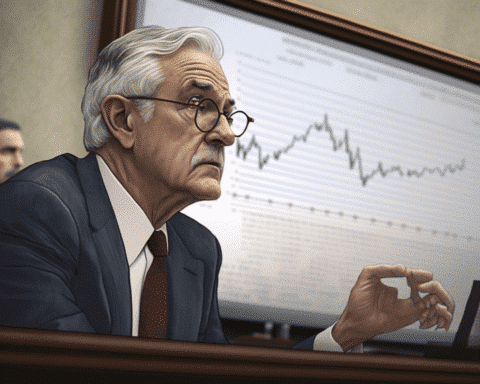In March, U.S. retail sales saw an unexpected surge, rising by 0.7% despite ongoing inflation pressures, a report from the Commerce Department revealed on Monday. This increase outstripped the modest 0.3% growth forecasted by Dow Jones analysts and demonstrated robust consumer spending, a vital driver of the U.S. economy. The rise in retail sales is particularly noteworthy given that the consumer price index also climbed by 0.4% last month, according to the Labor Department, suggesting that consumer purchasing power remained strong in the face of rising prices.
The data, which showed a substantial increase excluding auto-related sales, indicates that consumers are adapting to inflationary pressures by focusing their spending on essential areas. Service station sales led the gains with a 2.1% increase, fueled by rising gas prices, while online sales topped the growth charts at 2.7%. Despite these positive signs, some sectors, like sporting goods and electronics, declined, highlighting uneven impacts across different retail categories.
“Strong sales growth in March salvaged an otherwise mediocre quarter for retailers,” commented Jim Baird, chief investment officer at Plante Moran Financial Advisors. This performance ended the quarter on a high note, providing a hopeful outlook for sustained momentum in consumer spending. Meanwhile, Andrew Hunter, deputy chief U.S. economist at Capital Economics, suggested that the strong consumer spending could influence Federal Reserve policies, possibly delaying interest rate cuts expected by the market.
Despite these optimistic sales figures, broader economic indicators and geopolitical tensions, such as the recent escalations in the Middle East, continue to create uncertainty. However, the resilience of consumer spending is a promising sign for the ongoing health of the U.S. economy, which heavily relies on consumer activity. As retail sales potentially forecast economic trends, stakeholders remain watchful of how these dynamics will play out in the coming months.




